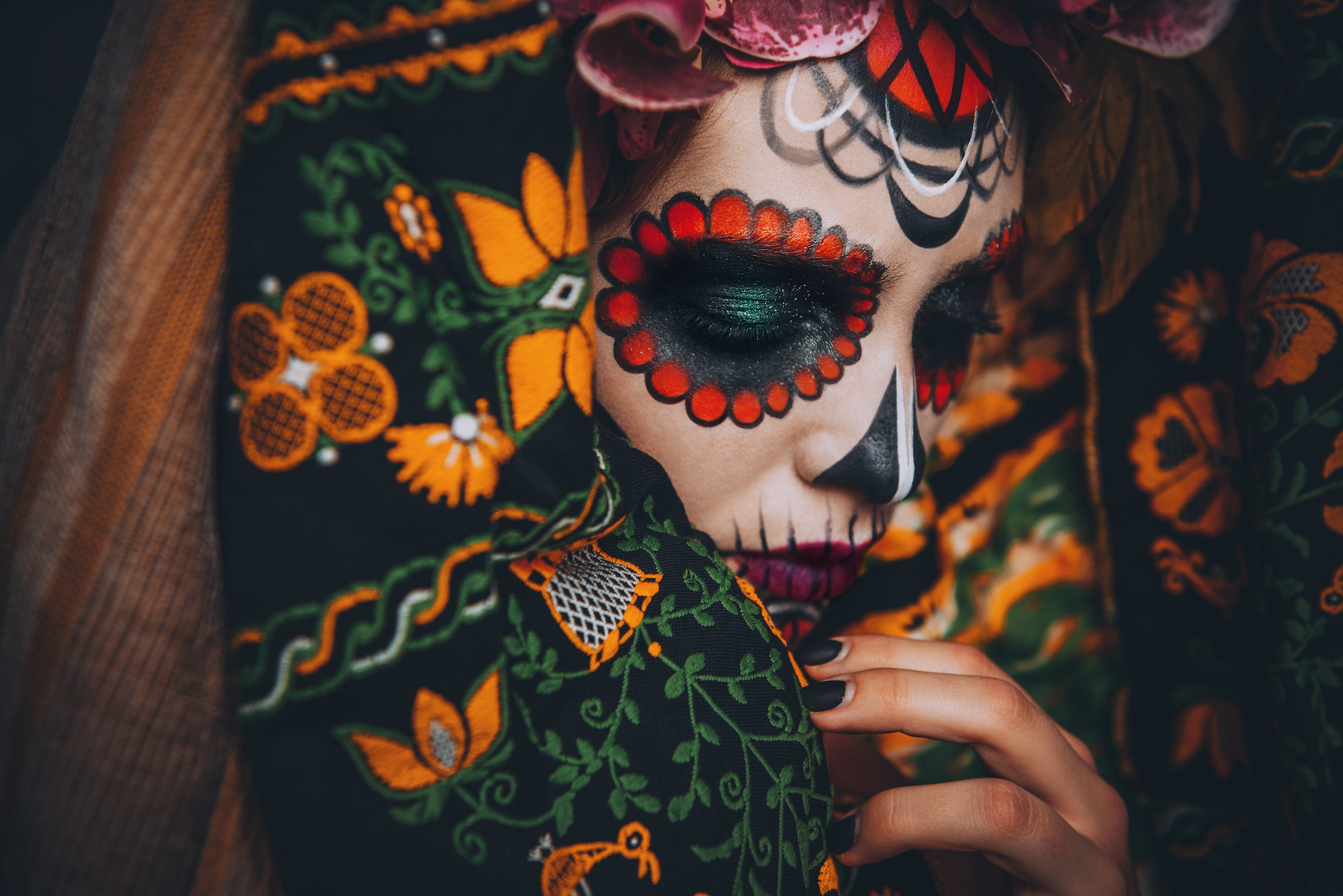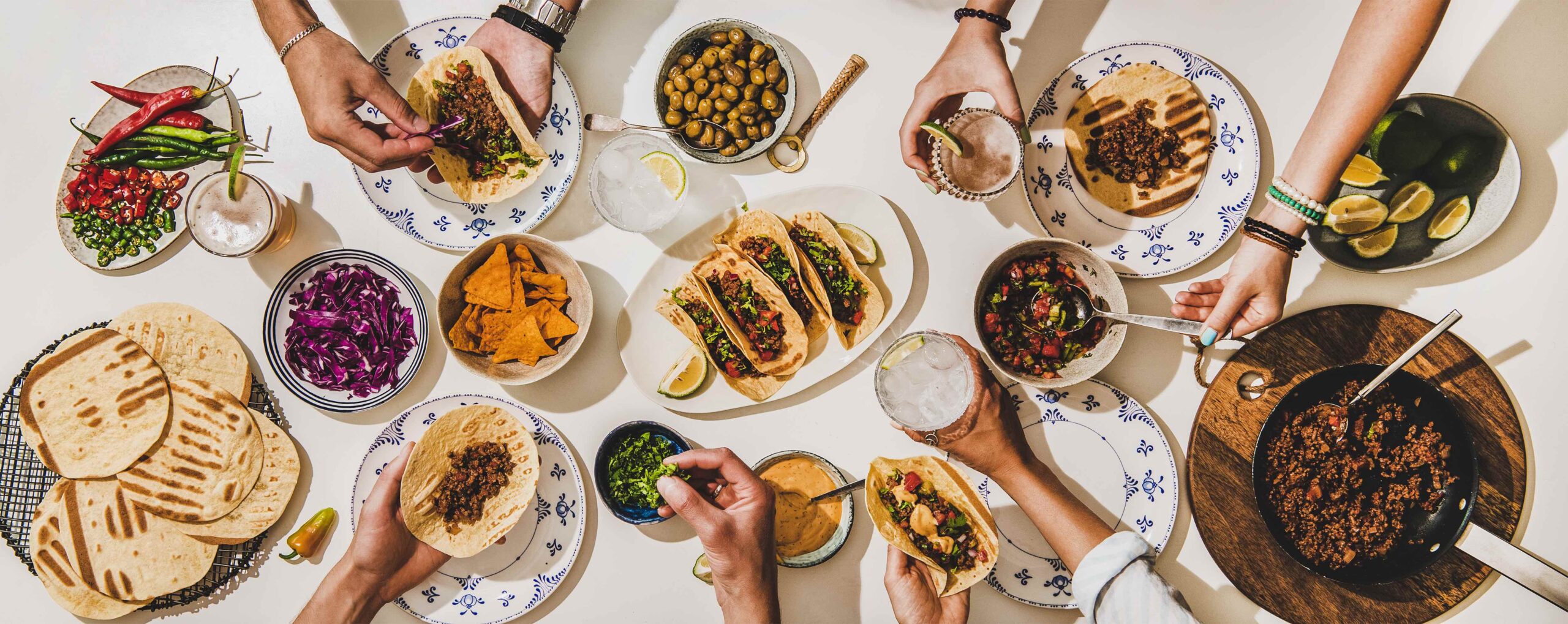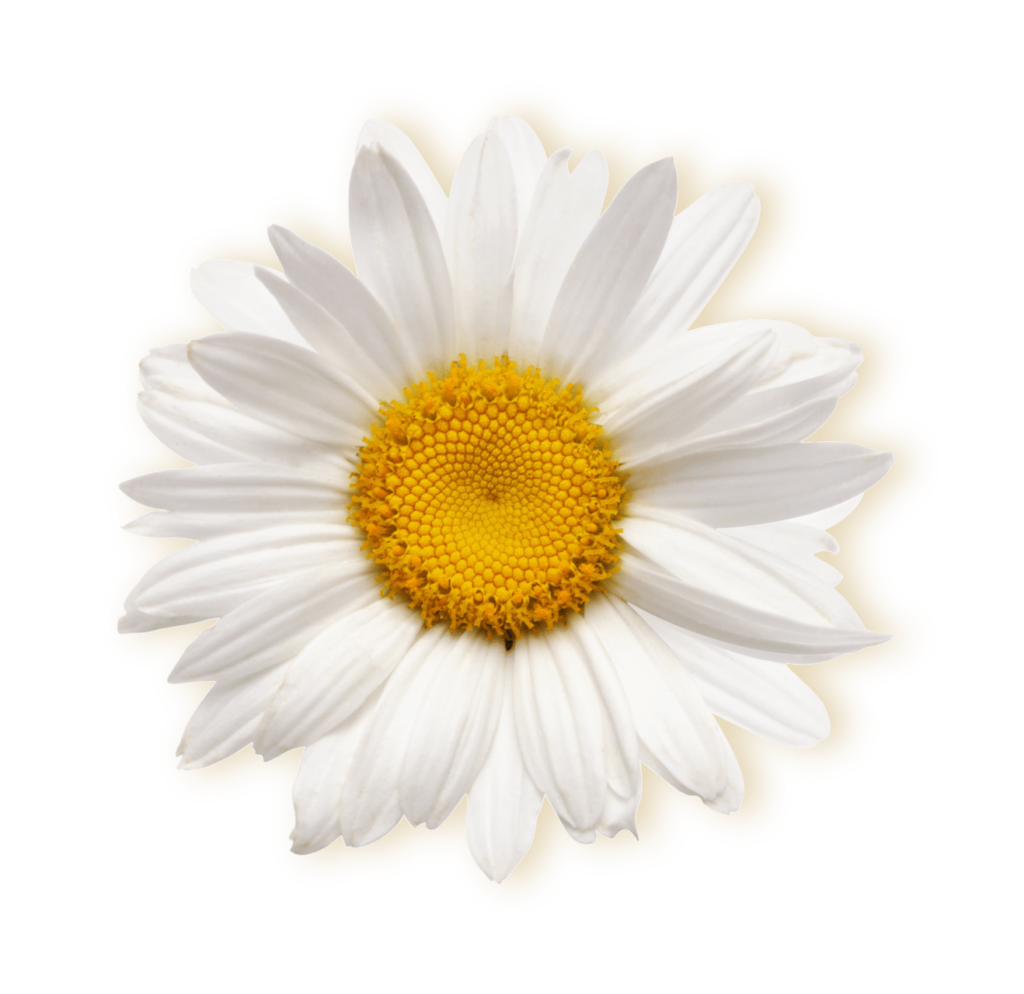Celebrated on November 1st and 2nd, day of the dead is a very important celebration in Mexican culture. It is a time to honor the lives of the ones who have left this world and remember their spirits. So, what exactly does it entail, and why is it important for Mexican culture? Well, Manzanilla Sophia, your favorite chamomile eye drops, brings you this blog to highlight the beautiful traditions of this colorful and sentimental holiday. Continue reading, and let’s learn together about Dia de los Muertos!
November 1st
According to Aztect mythology and tradition, November 1st is All Saint’s Day. This means that we remember children who have passed away on this day, hence why it’s called “Innocent’s day” in Spanish. A day to remember and honor those we left us a little too early and for whom our hearts will always ache. Parents who lost their unborn children and families or children who passed away from diseases hold this day close to their hearts. Families build altars with the deceased member(s) photographs and bring offerings. Tradition states that heaven’s gates open on October 31st, right at midnight, allowing the spirits of children to return to their families for 24 hours. Things that families add to the altar include incense, marigold flowers, bread of the dead (a traditional style of bread), and a dog made of clay.
November 2nd
The difference between November 1st and November 2nd is that on the 2nd, the souls of adults who are gone are allowed to rejoin their families for 24 hours. The traditions are the same, and the altars are built similarly. Always bringing plenty of offerings and telling stories about those who are being remembered. Honoring their lives and holding them close on a very symbolic day. In some regions, bells play continuously from November 1st to November 3rd with higher tones to welcome the innocents (the children) and deeper tones for the adults’ spirits. Nevertheless, it is a tender time to remember the loved ones who aren’t here.
Mictecacihuatl - Lady of the dead
One very symbolic object of this holiday is Lady of the dead. Often represented by sugar skulls or beautiful women dressed up with skull makeup. Her Aztec name is Mictecacihuatl. The story tells that she was the wife of the god of the dead and king of Mictlān, Miclantecuhtl, who ruled the world of the dead. It is said that the souls of those who died in an act of war, by sacrifice, from childbirth, or by the elements – like drowning and lighting, had to travel through nine hells until finally reaching Miclantecuhtl. Once their soul got to the last hell where Miclantecuhtl resided, they could either find peace or disappear forever. Her role as the goddess of the dead was to guard the bones of the dead and govern over the festivals. She was also linked to resurrection as it is said that she and her husband collected bones in hopes of being spared by the gods and returned to the land of the living.
Perrito de Barro, Clay dog
This one symbolic item is often placed on the innocents’ altar to bring them joy once they return. The dog is said to have been governed by Mictlantecuhtli, who we discussed above. Its job was to help the dead when crossing the dangerous Chiconauhuapan river, which was the last step in reaching Mictlān. The dog was also known as izcuintle by the Aztecs and Oc by the Mayans. For this reason, parents and relatives ensure never to forget to place a little dog on the children’s altar.

Now that you know these little facts about day of the dead, get ready to celebrate it. It is not a time to be sad but joyful. The ones who are no longer with us can visit for 24 hours. Prepare your prayer and best offering. Day of the dead is around the corner, and we want to ensure you have the best time. Remember that your eyes can suffer from candle smoke and prolonged cooking sessions. So, grab your bottle of Manzanilla Sophia today so you don’t miss any special moments during day of the dead. Keep your hopes high and your eyes refreshed with Manzanilla Sophia. Follow us on Pinterest, Facebook, and Instagram for more Latinx content.





